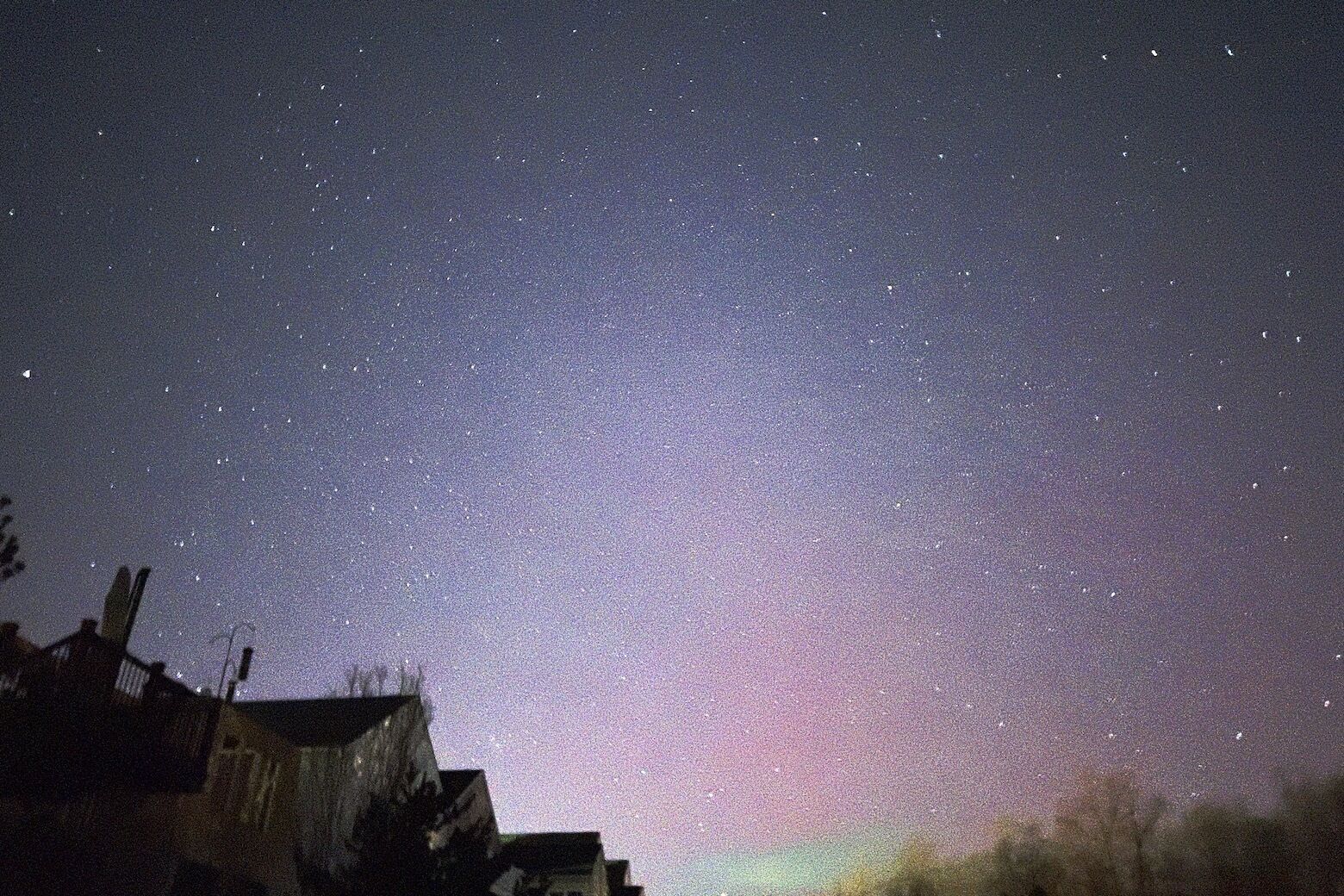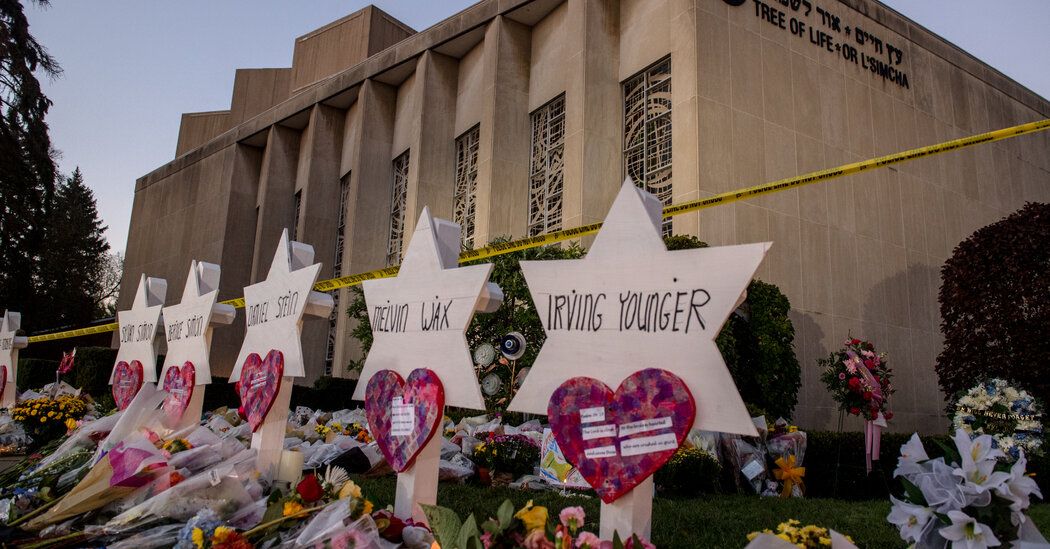Another rare Northern Lights sighting in DC area
The aurora borealis, or Northern Lights, made a rare appearance in the D.C. area Sunday night into Monday morning amid a strong geomagnetic storm.
The aurora borealis was visible in central Virginia on April 23. (Courtesy @stormchaserzay) The northern lights from Ellicott City, Maryland, in April 2023. (Courtesy Samiuddin) Courtesy Samiuddin A view of the lights in Virginia in late April 2023. Courtesy Myles The Northern Lights or Aurora are seen in the skies of Virginia in March of 2023. (WTOP/Greg Redfern) WTOP/Greg Redfern In late March of 2023, the Northern Lights or Aurora were in the skies of Virginia. (WTOP/Greg Redfern) WTOP/Greg Redfern ( 1 /5) Share This Gallery: Share on Facebook. Share on Twitter. Share via email. Print.
The aurora borealis, or Northern Lights, made a rare appearance in the D.C. area Sunday night into Monday morning amid a strong geomagnetic storm.
The National Oceanographic and Atmospheric Administration (NOAA) Space Weather Prediction Center issued an alert for a severe G4 Geomagnetic Storm on Sunday night. The G4 Alert stated, “Aurora – Aurora may be seen as low as Alabama and Northern California.”
(UPDATED) TONIGHT’S AURORA FORECAST:
Based on current data, we’ve moved our possible Northern Lights viewing farther south. A moderate, strong, or severe geomagnetic storm is possible.
Aurora viewing is likely in the United States tonight as Earth is impacted by a strong solar… pic.twitter.com/rwyY9hvHDt — Space Weather Watch (@spacewxwatch) April 23, 2023
Last month, the Northern Lights were visible in some parts of Virginia. It was the third time auroras had been detected in Virginia over a span of 30 years with the last times being in 2003 and 2015.
How to take photos
For the best way to snap a photo of the sky-dancing lights, use wide-field binoculars or a camera or smartphone that can take exposures of several seconds. If your camera has a “Night Sky” or “Low Light” setting, this should help.
Your smartphone or photo camera may also be able to pick up some of the softer northern lights that you wouldn’t be able to see with the naked eye. You’ll want to look to the north, where you should be able to see red or green lights visible even in dark areas.
Keep up with the latest by monitoring NOAA’s resources and space-related social media sites, such EarthSky.org and space.com for updates.
Follow Greg Redfern’s Twitter @SkyGuyinVA and daily blog to keep up with the latest news in astronomy and space exploration. You can email him at skyguyinva@gmail.com.
Source: WTOP


